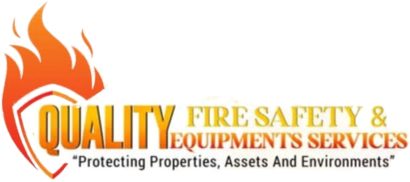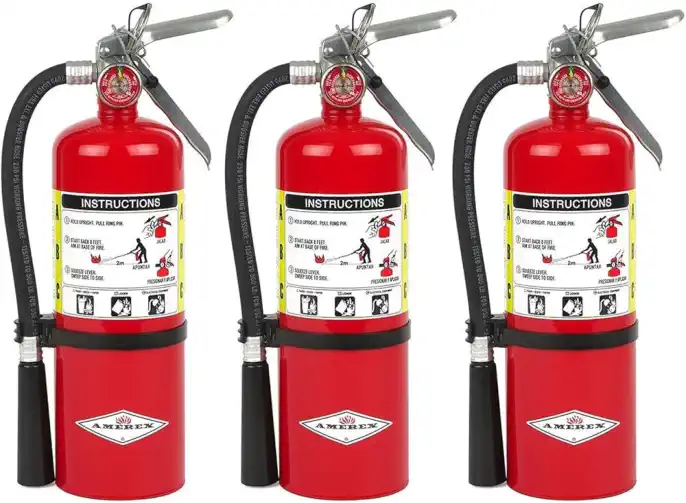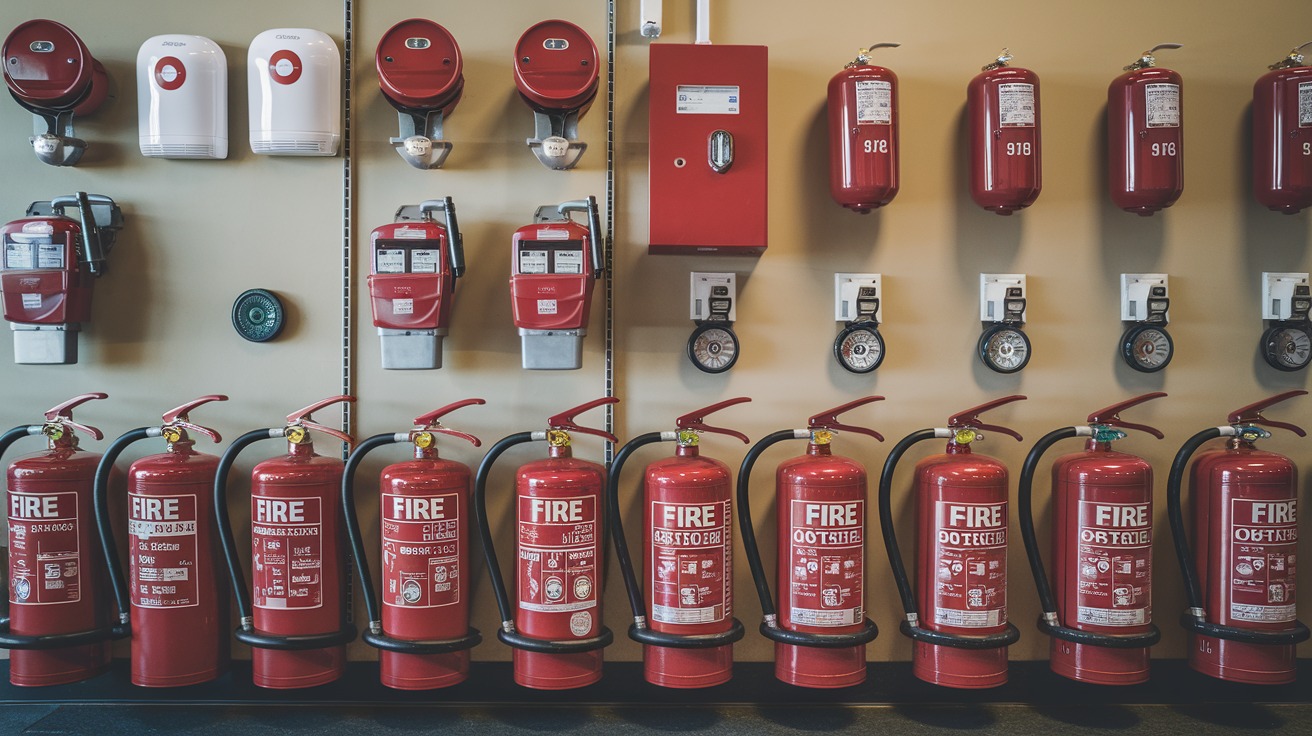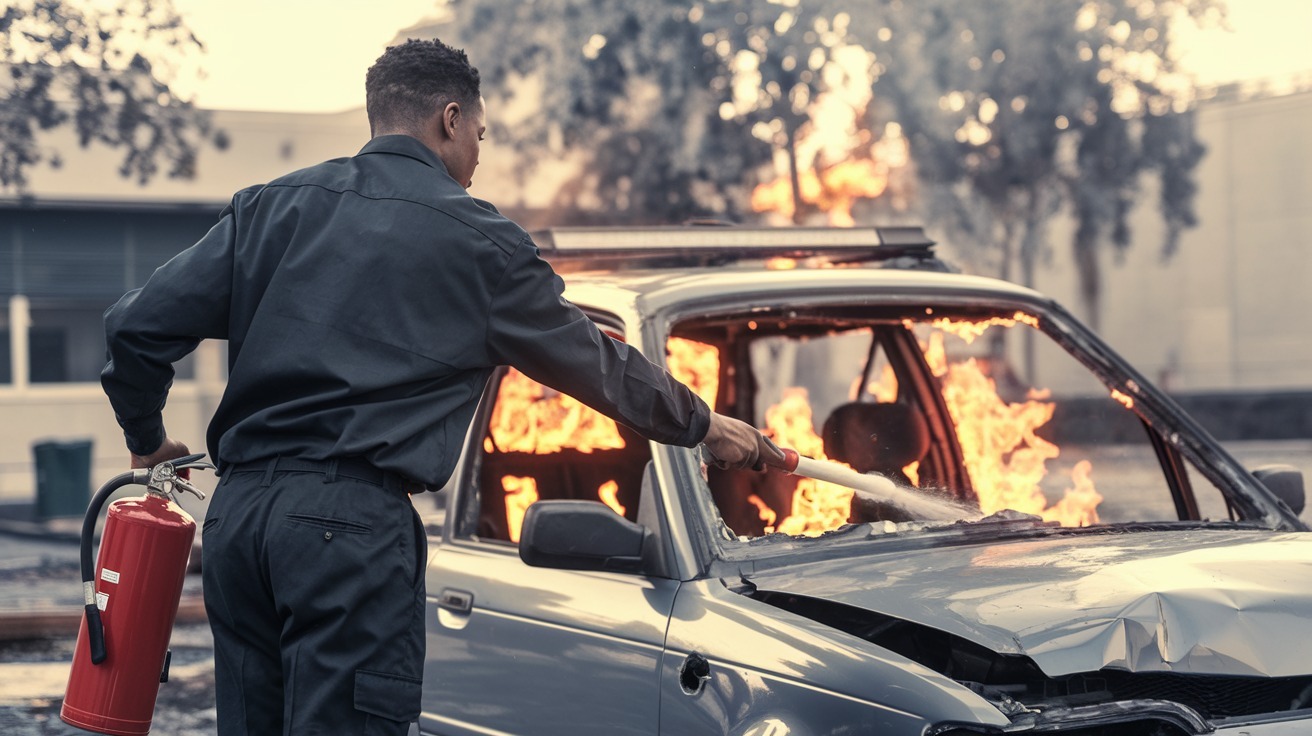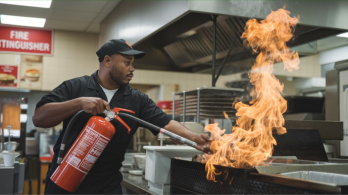ABC Fire Extinguisher Explained
An ABC fire extinguisher, also known as a multi-purpose dry chemical extinguisher, is ideal for small Class A, B, and C fires. ABC extinguishers can be used on paper, wood, cloth, flammable liquids and electrical equipment. They use monoammonium phosphate, a dry chemical that effectively extinguishes fires by addressing each fire type differently:
- Class A fires (paper, wood, cloth): The chemical forms a barrier, insulating the fire and preventing re-ignition.
- Class B fires (flammable liquids): It smothers flames and disrupts the chain reaction.
- Class C fires (electrical equipment): It does not conduct electricity, ensuring operator safety.
Common Uses of ABC Extinguishers
ABC fire extinguishers are versatile and recommended for:
- Offices
- Schools
- Hotels
- Warehouses
- Banks
- Material handling vehicles
Their adaptability makes them suitable for various environments, providing reliable fire protection in homes, workplaces, and vehicles.
How Does an ABC Extinguisher Work?
The extinguisher discharges a fine powder that coats the burning material, cutting off oxygen or heat based on the fire type. For electrical fires, its non-conductive property ensures safe operation around live equipment.
Why Choose an ABC Fire Extinguisher?
These extinguishers combine effectiveness with ease of use, making them an essential safety tool. They eliminate the need for multiple specialized extinguishers, offering comprehensive coverage in one unit.
Contact Quality Fire Safety and Equipment Services
Ensure your home or business is fully prepared for emergencies. Contact Quality Fire Safety and Equipment Services today to get expert advice on choosing the right ABC multi-purpose dry chemical fire extinguisher for your needs. Stay protected and secure with top-quality fire safety equipment tailored to your environment.
